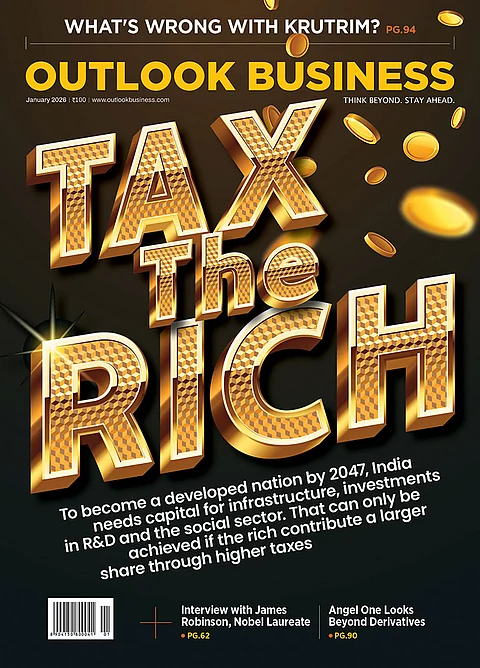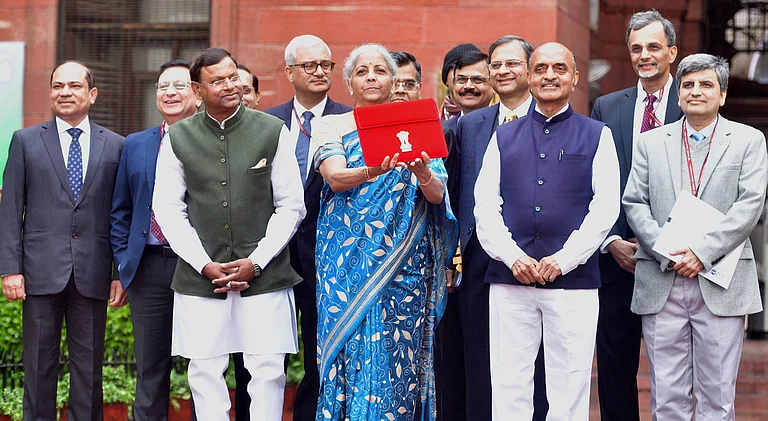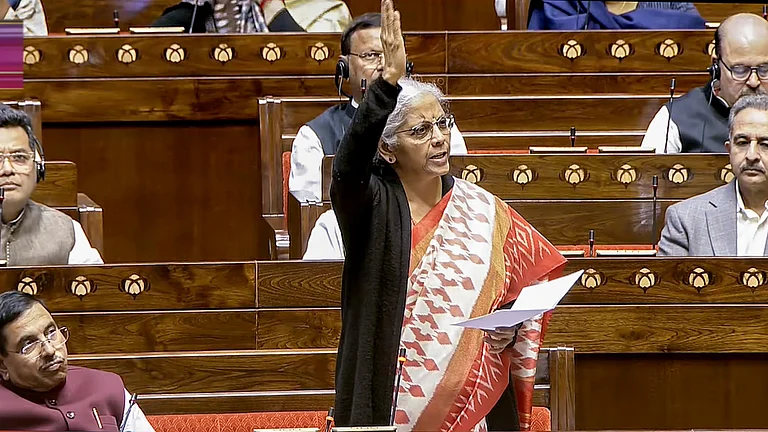The Indian agriculture sector has historically been the backbone of the economy embodying inclusive growth, enhancing rural income, and sustaining food security. The sector provides livelihood support to about 42.3% of the population and has a share of 18.2% of the country’s gross domestic product (GDP).
However, its share of GDP has steadily declined from 35% in 1990-91, a trend attributed to the rapid growth of the industrial and service sectors, as noted by the government in parliament.
As the finance minister Nirmala Sitharaman is scheduled to present the union budget 2025-26 on February 1, 2025, in the parliament, industry experts have outlined the challenges facing the sector and also shared their expectations for government support.
Prevailing Challenges
"The main factors hindering the growth of the agricultural sector in India include the conversion of agricultural land for non-agricultural purposes, soil degradation caused by overuse of the land, unpredictable rainfall, and limited financial resources available to farmers," says Manmeet Kaur, partner at Karanjawala and Co. She adds that these issues are pushing many farmers to explore alternative livelihoods to sustain their families.
On the same note, Anil Kumar SG, founder and managing director at Samunnati, underscores the growing threat of climate change on food security and productivity, alongside the threats from global competitors with low prices.
According to Global Vikas Trust's managing trustee Mayank Gandhi, despite significant innovations in agriculture by startups and research institutions, a major bottleneck lies in ensuring last-mile delivery of these solutions to farmers.
Ugaoo founder Siddhant Bhalinge also highlights challenges that hampering the industry including high-growth areas like urban and indoor gardening since the gardening and horticulture sector is treated as a subset of agriculture, which eventually leads to limited focus and investment.
"The unorganised supply chain of plants, seeds, and gardening products leads to inflated costs and inconsistent quality," Bhalinge adds.
While, the increasing pest resistance demands innovative solutions, the rising raw material costs become a major challenge for the agrochemical industry as well.
Union Budget 2025: Industry Expectation
Subburathinam P, chief operating officer at TeamLease Services, notes that previous budgets have largely focused on input-based subsidies, loan waivers, and minimum support price (MSP) revisions. He believes that moving from mere financial aid to capacity-building initiatives will ensure that India's agrarian economy is supported and empowered for future challenges.
"A stronger focus on workforce training, integration of AI and automation in farming, and expanding apprenticeship models like NETAP [National Employability through Apprenticeship Program] can drive a more resilient and employable agricultural workforce," he adds.
Vimal Kumar, managing director at Best Agrolife feels that reintroducing the 200% income tax deduction on investments in R&D and registration studies could help the sector to meet the demands for innovative solutions.
He also adds that the production linked incentive (PLI) scheme and research-linked incentives would create an ecosystem that drives innovation and develops solutions tailored to India’s agricultural needs. He also suggested promoting public-private partnerships to develop new crop protection molecules in India.
Kaur highlights that encouraging diverse farming practices like agroforestry and animal husbandry, along with training farmers through organisations and digital platforms, can empower them with the knowledge and resources needed to make informed decisions and benefit from available schemes.
Anil Kumar called for a national agriculture council to unify Centre-state efforts and address systemic issues and also urged to improve credit accessibility.
To boost sustainability, farmer incomes and the accessibility of organic produce, Organic Tattva co-founder Rohit Mehrotra hopes that the budget will prioritise organic farming with financial incentives, reduce agricultural produce market committee (APMC) fees, provide capital subsidies for infrastructure and support for organic food clusters and international marketing.
Meanwhile, Reuters reported that the government is planning to increase spending for the agriculture sector by about 15% to around $20bn, to boost rural incomes and curb inflation.
Recently, president Droupadi Murmu also called on agriculture scientists to develop and disseminate technologies in a timely manner to deal with natural disasters, adverse effects of climate change, and excessive exploitation of resources.
As the industry looks to the government for a budget that supports sustainable growth, these signals of proactive intent raise expectations. All eyes will now be on February 1 to see how much of this vision translates into actionable policy.































